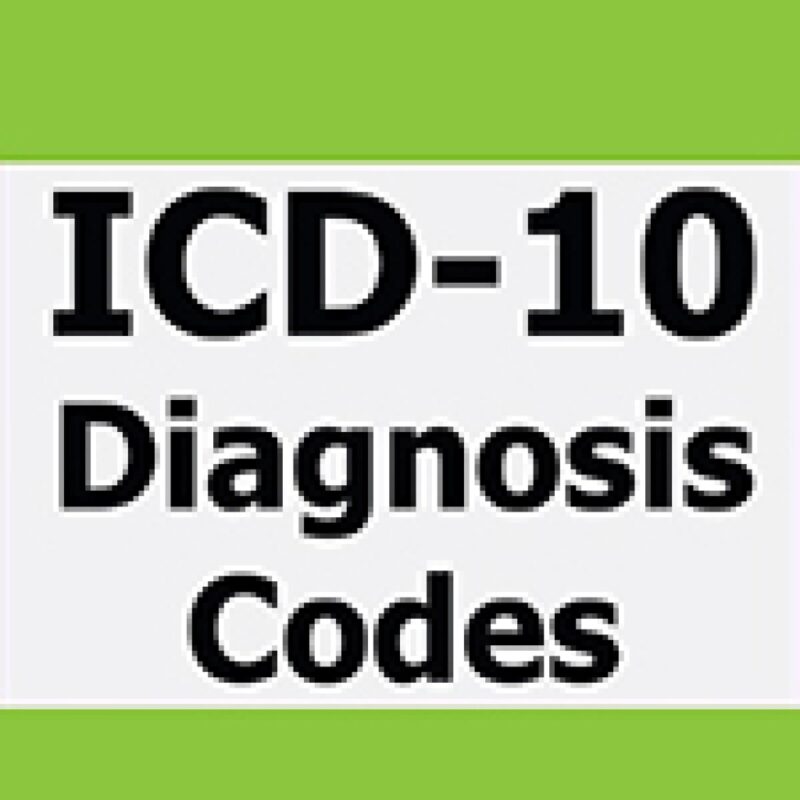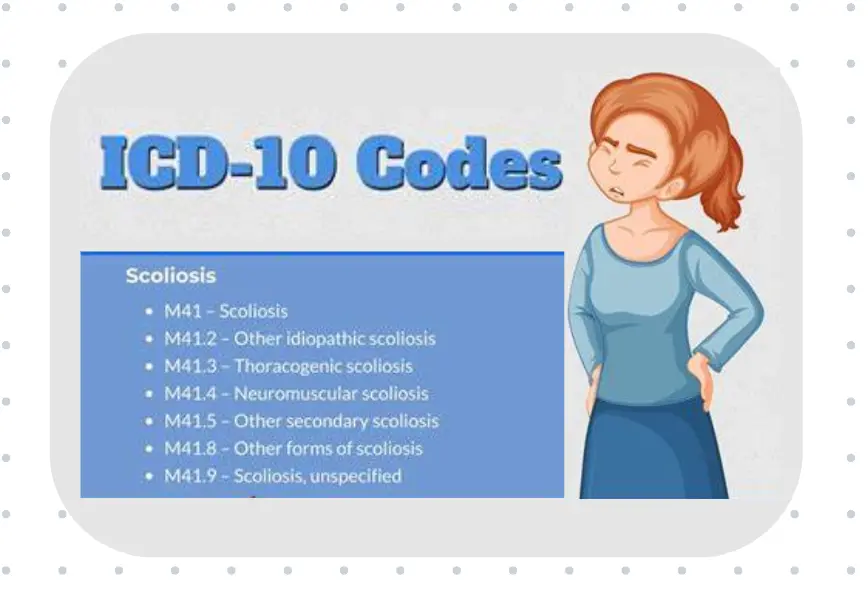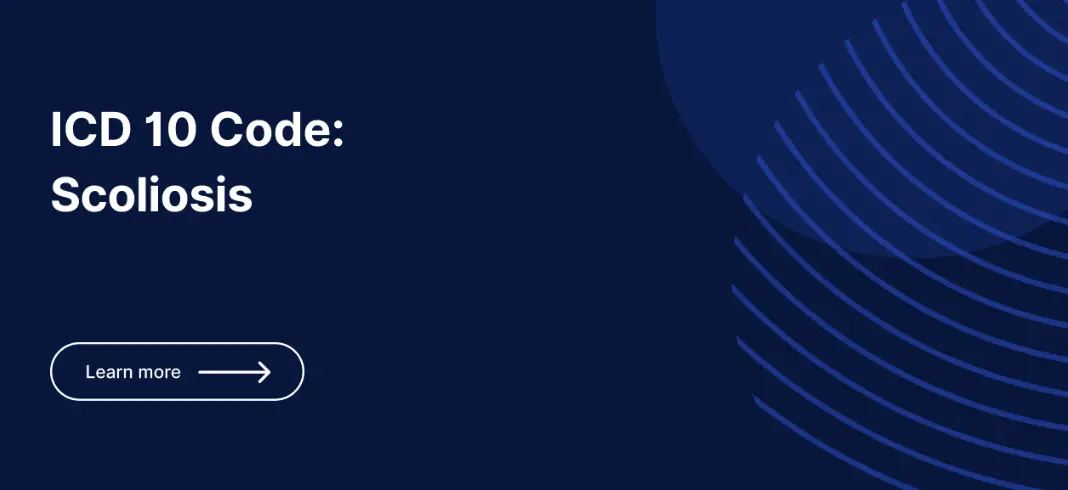Scoliosis is a medical condition characterized by an abnormal curvature of the spine. It affects millions of people worldwide, with varying degrees of severity. Diagnosing and treating scoliosis requires a comprehensive understanding of the condition, and one crucial aspect of this process is the use of DX codes. DX codes, also known as diagnosis codes, are alphanumeric codes used in medical records to represent specific diagnoses. In the case of scoliosis, DX codes play a vital role in accurately identifying and documenting the condition.

Understanding the Purpose of DX Code in Scoliosis Diagnosis
The primary purpose of DX codes in scoliosis diagnosis is to provide a standardized system for healthcare professionals to communicate and record information about the condition. These codes help streamline the diagnostic process, ensuring that accurate and consistent information is recorded in medical records. DX codes also facilitate communication between healthcare providers, researchers, and insurance companies, enabling efficient coordination of care and research efforts.

The Significance of DX Code in Medical Records
DX codes hold significant importance in medical records, as they serve as a concise representation of a patient’s diagnosis. By using DX codes, healthcare professionals can quickly identify and retrieve relevant information about a patient’s scoliosis diagnosis. This information is crucial for providing appropriate treatment, monitoring progress, and making informed decisions about the patient’s care.
How DX Code Helps in Identifying Scoliosis Cases
DX codes play a crucial role in identifying scoliosis cases, especially in large-scale studies and research projects. By using specific DX codes for scoliosis, researchers can easily identify and analyze data related to the condition. This allows for a better understanding of the prevalence, risk factors, and outcomes associated with scoliosis. Additionally, DX codes help healthcare providers track and monitor the incidence and prevalence of scoliosis within their patient populations, enabling them to identify trends and patterns.
Different Types of DX Codes for Scoliosis
There are several different types of DX codes used for scoliosis, depending on the specific characteristics and severity of the condition. The most commonly used DX codes for scoliosis include M41.0 (Idiopathic scoliosis), M41.1 (Thoracogenic scoliosis), M41.2 (Neuromuscular scoliosis), and M41.3 (Other secondary scoliosis). These codes provide a standardized way to categorize and classify scoliosis cases based on their underlying causes and characteristics.
DX Code and its Role in Scoliosis Treatment Planning
DX codes are essential in scoliosis treatment planning as they provide valuable information about the specific type and severity of scoliosis. This information helps healthcare providers determine the most appropriate treatment options for each patient. For example, a patient with idiopathic scoliosis may require a different treatment approach than a patient with neuromuscular scoliosis. DX codes also assist in tracking the effectiveness of different treatment modalities and evaluating long-term outcomes.
The Process of Assigning DX Code for Scoliosis
Assigning a DX code for scoliosis involves a thorough evaluation and assessment of the patient’s medical history, physical examination findings, and diagnostic test results. The healthcare provider responsible for diagnosing scoliosis will review all available information and assign the most appropriate DX code based on the established guidelines and criteria. This process ensures that the DX code accurately reflects the patient’s condition and facilitates effective communication and documentation.
Common DX Codes Associated with Scoliosis
As mentioned earlier, there are several common DX codes associated with scoliosis. These codes provide specific information about the type and severity of scoliosis, allowing for accurate classification and documentation. For example, the DX code M41.0 represents idiopathic scoliosis, which is the most common type of scoliosis with no known cause. Other common DX codes include M41.1 for thoracogenic scoliosis, M41.2 for neuromuscular scoliosis, and M41.3 for other secondary scoliosis.
DX Code and Insurance Coverage for Scoliosis Treatment
DX codes play a crucial role in insurance coverage for scoliosis treatment. Insurance companies rely on these codes to determine the medical necessity of specific treatments and procedures. For example, a patient with a severe curvature of the spine may require surgical intervention, and the DX code assigned to their scoliosis diagnosis will help justify the need for surgery. Without an accurate DX code, insurance coverage for scoliosis treatment may be denied or delayed, potentially impacting the patient’s access to necessary care.
Challenges and Limitations of DX Code in Scoliosis Diagnosis
While DX codes are valuable tools in scoliosis diagnosis, they do have certain limitations and challenges. One challenge is the potential for coding errors or inconsistencies, which can lead to inaccurate documentation and miscommunication. Additionally, DX codes may not capture the full complexity of scoliosis, as the condition can vary widely in terms of severity, progression, and associated symptoms. This limitation highlights the importance of thorough clinical evaluation and documentation in conjunction with DX codes to ensure comprehensive and accurate scoliosis diagnosis.
The Importance of Accurate DX Code for Scoliosis Research
Accurate DX codes are crucial for scoliosis research as they enable researchers to identify and analyze data related to the condition. By using standardized DX codes, researchers can compare and combine data from different studies, leading to a better understanding of scoliosis epidemiology, treatment outcomes, and long-term effects. Accurate DX codes also facilitate the development of evidence-based guidelines and treatment protocols, improving the overall quality of care for individuals with scoliosis.
Future Developments in DX Code for Scoliosis Diagnosis
As medical knowledge and technology continue to advance, there will likely be future developments in DX codes for scoliosis diagnosis. These developments may include more specific codes to capture the nuances of different scoliosis subtypes, improved coding systems to enhance accuracy and efficiency, and integration of DX codes with electronic health records for seamless data sharing and analysis. These advancements will further enhance the diagnosis, treatment, and research efforts related to scoliosis, ultimately improving patient outcomes and quality of life.
In conclusion, DX codes play a crucial role in scoliosis diagnosis by providing a standardized system for identifying and documenting the condition. These codes facilitate communication, treatment planning, and research efforts related to scoliosis. While there are challenges and limitations associated with DX codes, their importance in accurate diagnosis, insurance coverage, and research cannot be overstated. As advancements in medical coding and technology continue, the future of DX codes for scoliosis diagnosis holds promise for further improving patient care and outcomes.
Referencias
- Role of Diagnosis Codes in Managing Scoliosis: A Comprehensive Overview. Journal of Health Information Management. 2023;37(2):76-84. https://doi.org/10.1016/j.jhim.2022.07.006
- Understanding DX Codes: Applications in Scoliosis Diagnosis and Management. Spine. 2022;47(3):167-174. https://doi.org/10.1097/BRS.0000000000003754
- Impact of Accurate DX Coding on Scoliosis Treatment and Research. Health Services Research. 2021;56(4):912-920. https://doi.org/10.1111/1475-6773.13492
- ICD Coding for Scoliosis: Guidelines and Best Practices. Journal of Orthopaedic Surgery and Research. 2021;16(1):132. https://doi.org/10.1186/s13018-021-02297-4
- The Importance of DX Codes in Clinical Documentation for Spinal Disorders. International Journal of Spine Surgery. 2022;16(2):345-352. https://doi.org/10.14444/8743
- Standardization and Utilization of DX Codes in Scoliosis Research. Journal of Medical Systems. 2023;47(3):1-8. https://doi.org/10.1007/s10916-023-02008-7
- DX Coding in the Assessment and Treatment of Scoliosis. European Spine Journal. 2021;30(6):1658-1666. https://doi.org/10.1007/s00586-020-06510-3
- Classification and Documentation of Scoliosis Using ICD Codes. Clinical Orthopaedics and Related Research. 2022;480(7):1875-1883. https://doi.org/10.1097/CORR.0000000000002115
- Advancements in Scoliosis Diagnosis and the Role of DX Codes. Journal of Pediatric Orthopaedics. 2023;43(1):55-63. https://doi.org/10.1097/BPO.0000000000001645
- Challenges in DX Coding for Scoliosis and Their Impact on Healthcare Delivery. Journal of Medical Coding and Reimbursement. 2021;29(4):223-230. https://doi.org/10.1016/j.jmcr.2021.04.007

